Are you looking for foods that improve your sleep, boost your mood, and help regulate your appetite? Tryptophan-rich foods can do all that — and more.
Tryptophan is an essential amino acid your body can’t produce on its own. It’s used to create proteins, support vitamin B3 (niacin) production, and synthesize serotonin and melatonin — both of which are key to good sleep and mental well-being.
Quick list of the 10 best tryptophan-rich foods for sleep
- Turkey & Chicken
- Milk & Dairy
- Salmon & Fish
- Oatmeal
- Tofu & Edamame
- Eggs
- Pumpkin Seeds
- Peanut Butter
- Sweet Potatoes
- Lean Pork & Beef
1. Poultry (chicken, turkey, and duck)

Turkey doesn’t get its rap for having a lot of tryptophan for no reason — it certainly does. For example, for a 154-pound man, a 6-ounce serving of ground turkey containing 612 mg of tryptophan will be more than double what he needs. The recommended daily intake (RDI) of tryptophan is 4 mg per kilogram of body weight, so each 6-ounce serving of ground turkey provides 219% of the RDI.
The same-sized portion of roast turkey breast provides 488 mg or 174% of the RDI. Despite its reputation, turkey isn’t the top tryptophan source — chicken breast actually takes the lead. A 6-ounce portion packs a walloping 687 mg, or 245% of the RDI for a 154-pound person. Recommended Daily Intake (RDI). Other poultry sources that are the best foods high in tryptophan include roast chicken (507 mg or 181% RDI) per cup and roast duck (458 mg or 164% RDI) per cup.
2. Dairy: Milk, cheese & cottage cheese

Warm milk has long been used as a relaxing bedtime beverage, as many people find it acts as a mild sedative and promotes better sleep. This effect may be due to its tryptophan content, as tryptophan increases serotonin and melatonin, which are involved in the sleep cycle.
Each 8-ounce glass of milk provides 106 mg of tryptophan (38% RDI). Other dairy foods are also good sources of tryptophan. For example, each half cup of cottage cheese contains 332 mg (118% RDI), while a one-ounce serving of cheddar or hard mozzarella provides 155 mg.
3. Salmon and other kinds of fish

Salmon earns a spot on many lists of the healthiest foods due to the high concentration of anti-inflammatory omega-3 fatty acids and key vitamins. As a great source of protein, salmon also contains a lot of tryptophan. A 6-ounce fillet contains a whopping 570 mg (203% of the RDI). If you’re far from the first in line to order the salmon dish at your favorite restaurant, the good news is that many kinds of fish provide nearly as much tryptophan.
In fact, a tuna fillet contains the same amount of tryptophan as salmon, and snapper, cod, tilapia, and mahi mahi aren’t far behind, with 500 mg, 461 mg, 451 mg, and 423 mg per 6-ounce fillet, respectively. Seafood, such as lobster, crab, and oysters, also provide a lot of tryptophan.
4. Oatmeal
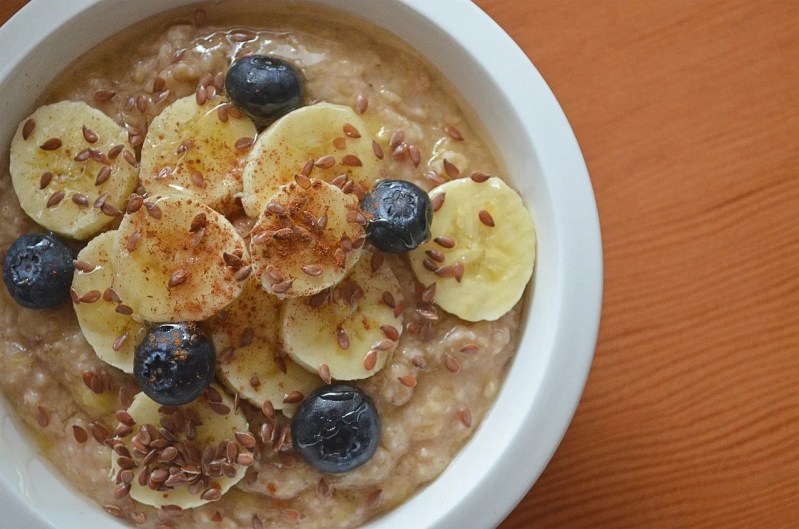
Whole grains are considered a source of complex carbohydrates rather than protein, so not many grains are particularly high in tryptophan. However, if you’ve been looking for yet another good reason to jump on the overnight oats bandwagon, here’s one: Each cup of oatmeal contains an impressive 94 mg of tryptophan, which is equal to 33% of the RDI for a 154-pound person.
5. Tofu and edamame
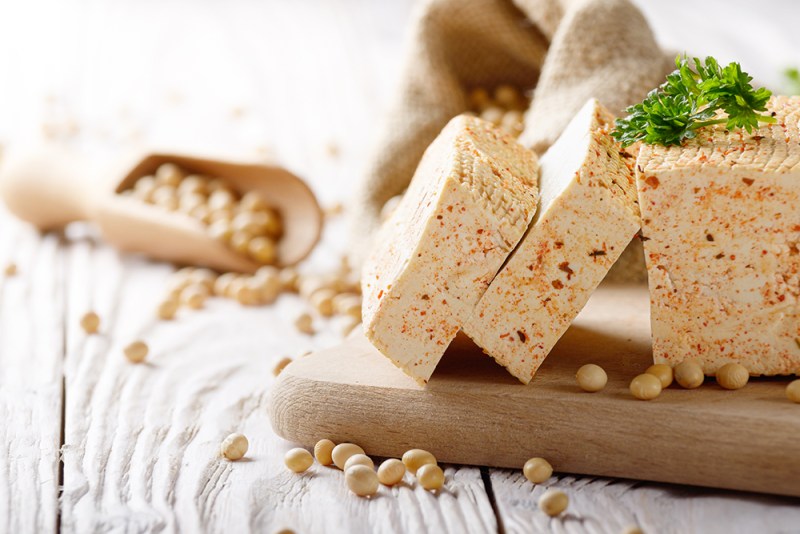
Vegans and vegetarians need not worry that the only good sources of tryptophan are animal products. Soy products contain plenty of this essential amino acid. For example, when you cook tofu at home, one cup of firm tofu packs an impressive 592 mg (212% RDI), and an 8-ounce glass of soy milk has 92 mg.
A cup of boiled edamame provides 416 mg (197% RDI). Edamame can be added to salads, stir-fries, or eaten plain as a protein-rich snack.
6. Eggs
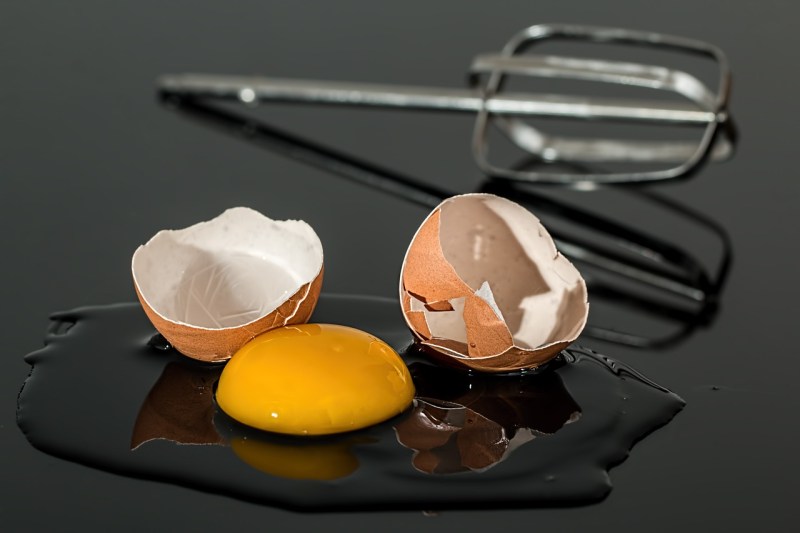
Kickstarting your day with a breakfast of eggs gives you a quick boost of tryptophan, too. One large egg contains 77 mg (27% RDI) of tryptophan, while each egg white has 41 mg. Therefore, if you pile your plate with a cup of scrambled whole eggs, you’ll get 306 mg (109% RDI).
7. Squash and pumpkin seeds
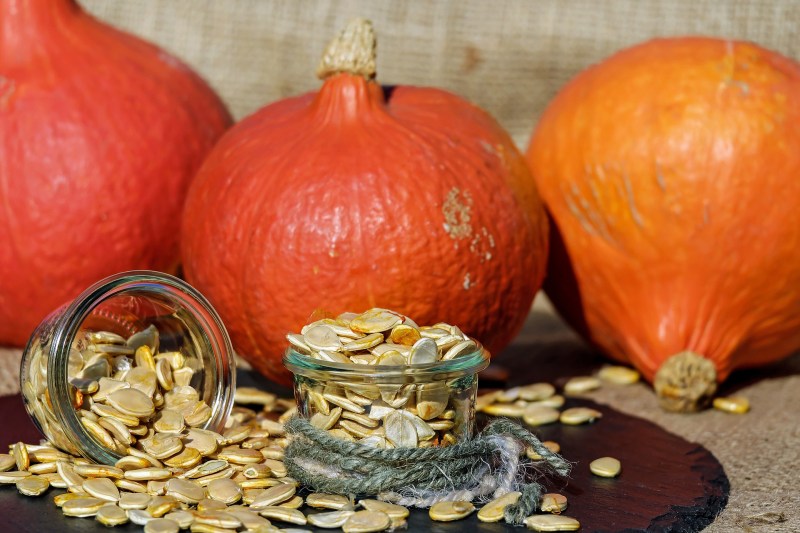
Seeds are often touted as superfoods, boasting impressive nutrition profiles with omega-fatty acids, fat-soluble vitamins, key minerals, and plenty of fiber. Many seeds also contain plenty of tryptophan. For example, a one-ounce serving of squash or pumpkin seeds provides 164 mg (58% RDI). Chia seeds and flaxseeds are also good sources of tryptophan. Try sprinkling flaxseeds on salads, yogurt, or oatmeal, or dry roasting squash and pumpkin seeds and eating them as an afternoon snack.
8. Peanut butter
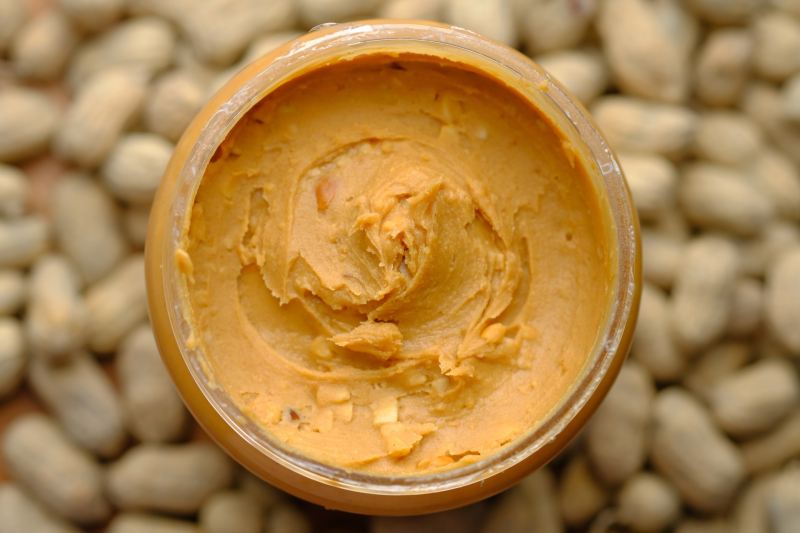
Peanut butter lovers rejoice. This popular nut butter contains 74 mg of tryptophan per two-tablespoon serving. Try adding a tablespoon of your favorite peanut butter brand to your smoothie or dipping apple slices or carrot sticks into peanut butter for a satiating snack.
9. Sweet potatoes
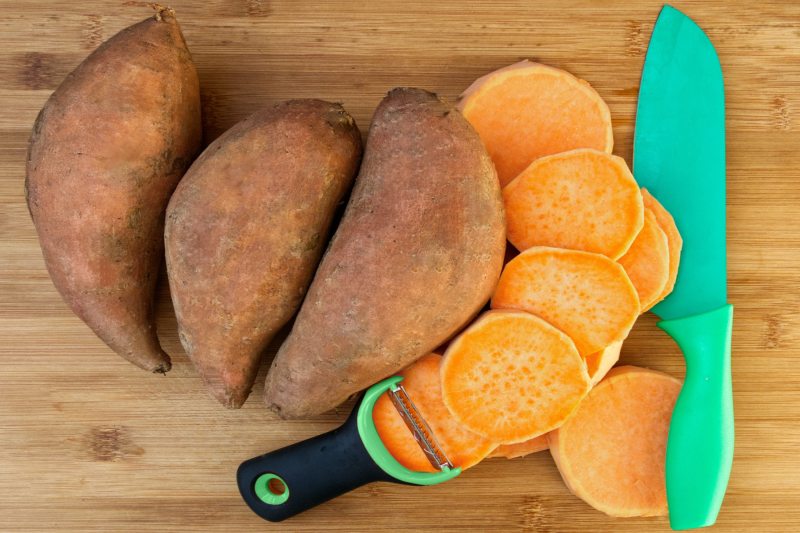
Though there are fewer really rich vegan sources of tryptophan, sweet potatoes contain a surprisingly hefty dose. Each cup of these mashed delicious tubers provides 92 mg (33% RDI) of tryptophan. Sweet potatoes are also excellent sources of vitamins A and B5, as well as copper and manganese.
10. Lean pork chops
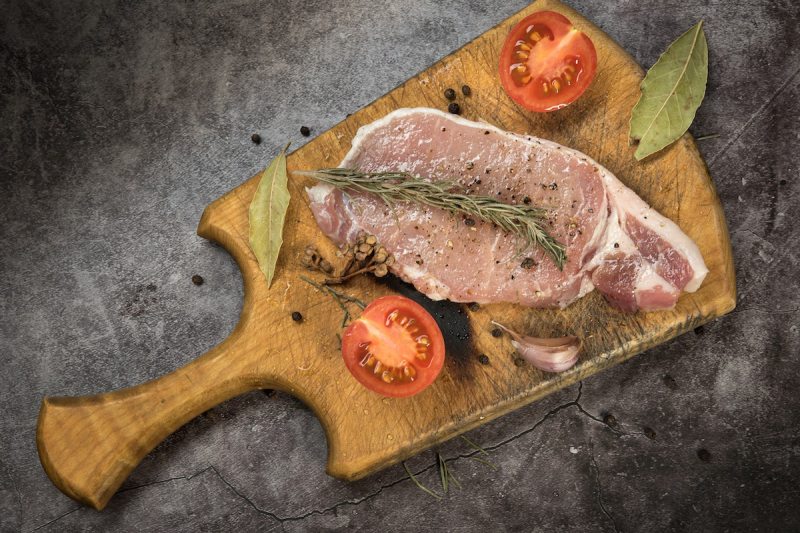
Pork is one of the best sources of tryptophan, with each 6-ounce lean pork chop providing an impressive 627 mg (224% RDI). If you’re more of a beef lover, rest assured: A 6-ounce skirt steak actually slightly edges out lean pork, containing 636 mg of tryptophan.
What fruits are high in tryptophan?
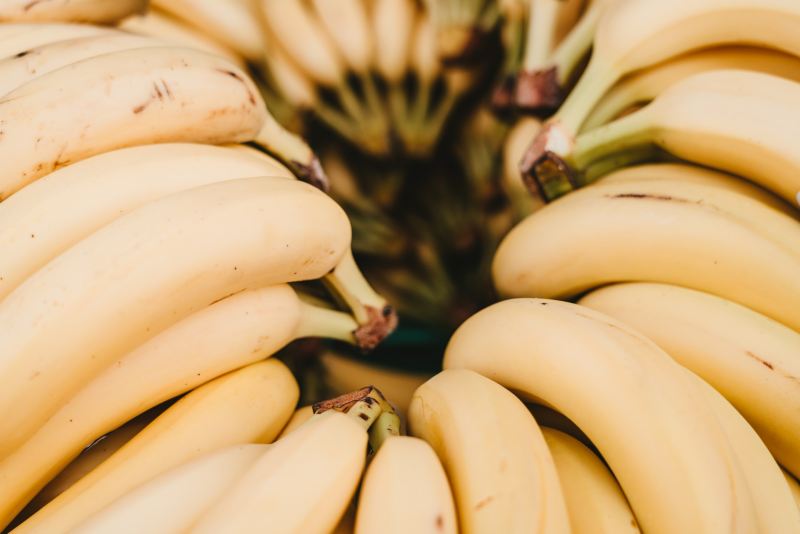
Fruit may not be a top source of tryptophan, but you can certainly get a good amount if you know what to seek out in the produce section. Look for fruits like pineapple, plantains, bananas, and kiwi. Other options include plums and tomatoes (yes, a tomato is a fruit). You can get a reasonable amount of tryptophan from grapefruit, dates, and avocados, but less so overall.
Obviously, a balanced diet is the way to go, as it always tends to be, but try out some of the above options if you want to improve your sleep. You can get creative with the tropical fruit, especially mixing things like bananas and kiwi into smoothies or adding them to other foods high in tryptophan, like oatmeal. We typically have health on the mind. Check out our features on the best foods for healthy skin for men and a fiber-rich diet. Here’s to healthy eating.
Frequently asked questions
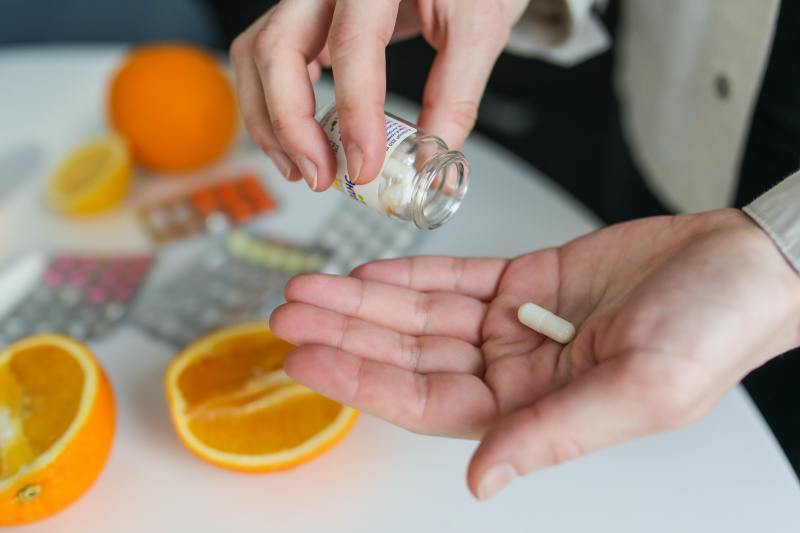
What are the nine essential amino acids?
Tryptophan is one of the nine essential amino acids. These nine differentiate themselves from the other 11 because the body cannot produce them on its own. The remaining include histidine, isoleucine, leucine, lysine, methionine, phenylalanine, threonine, and valine.
Should you take a tryptophan supplement?
While the recommended daily intake of tryptophan should be doable through food, some people may find it easier to take a supplement. This could be especially important for those who need a little extra help with their sleep and want to support that goal in a natural way. You can find tryptophan supplements in the form of powders, capsules, and tablets.
It is advised that you speak with your doctor before supplementing, as it may not be right for everyone. This is especially true for anyone taking any form of antidepressant, as the combination could lead to severe side effects.
What are the benefits of tryptophan?
Tryptophan is an essential amino acid that plays a vital role in several key bodily functions. Since your body can’t produce it on its own, you must get it through your diet. Here are the main benefits:
- Improves sleep quality: Tryptophan is a precursor to serotonin, which is then converted into melatonin—the hormone that regulates your sleep-wake cycle. This makes tryptophan-rich foods helpful for falling asleep and staying asleep longer.
- Boosts mood & reduces anxiety: Higher serotonin levels, supported by tryptophan intake, are linked to better mood, reduced anxiety, and even lower risk of depression.
- Supports cognitive function: Tryptophan influences neurotransmitter activity in the brain, which is important for focus, memory, and overall mental clarity.
- Aids in niacin (Vitamin B3) production: Tryptophan is used by the body to synthesize niacin, which supports energy metabolism, skin health, and nervous system function.
- Regulates appetite: Because serotonin also influences appetite and satiety, tryptophan may help in maintaining a healthy eating pattern and reducing cravings.
What’s the best time to eat tryptophan-rich foods?
For better sleep, eat tryptophan-rich foods 1–2 hours before bedtime, ideally combined with complex carbohydrates like oats, sweet potatoes, or whole grain bread. Carbs help tryptophan cross the blood-brain barrier more efficiently, boosting melatonin and serotonin levels.
Include tryptophan at breakfast or lunch (e.g., eggs, dairy, turkey, or tofu) to support steady serotonin production and maintain a stable mood throughout the day.
Of course, you can aim to include tryptophan-containing foods at every meal, especially if you’re vegetarian or vegan, since plant sources tend to be less concentrated than animal-based ones.
Try incorporating one or two of these foods into your dinner routine and see how your sleep improves.



